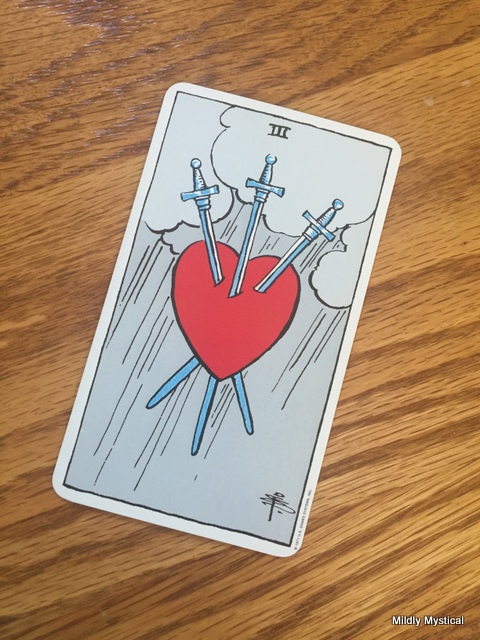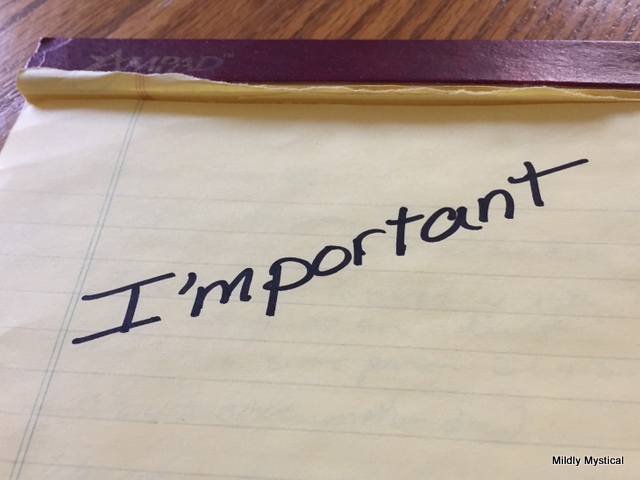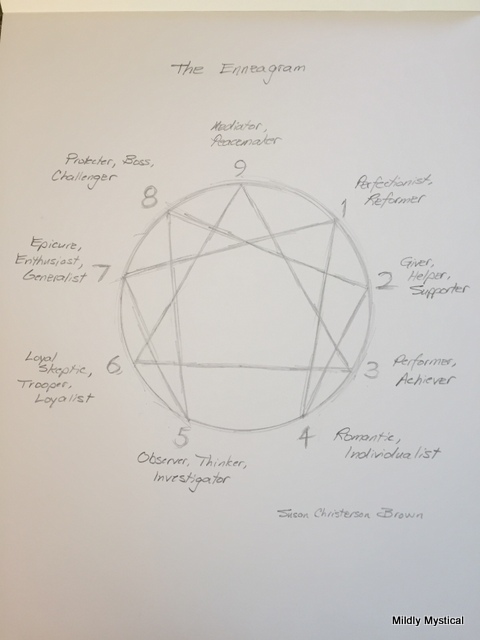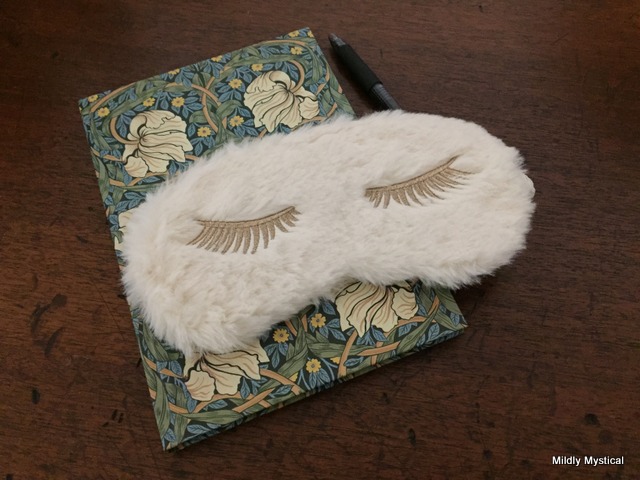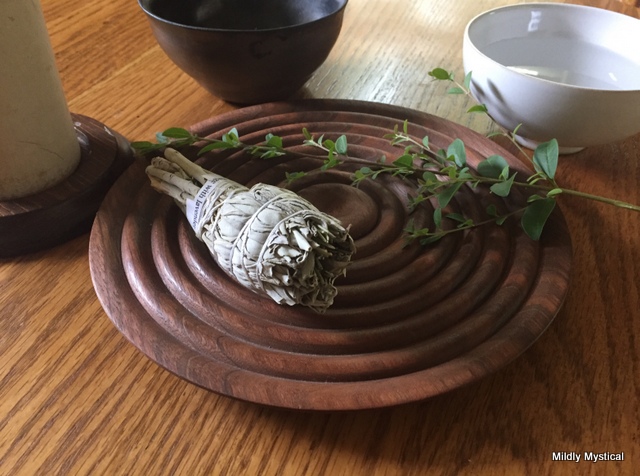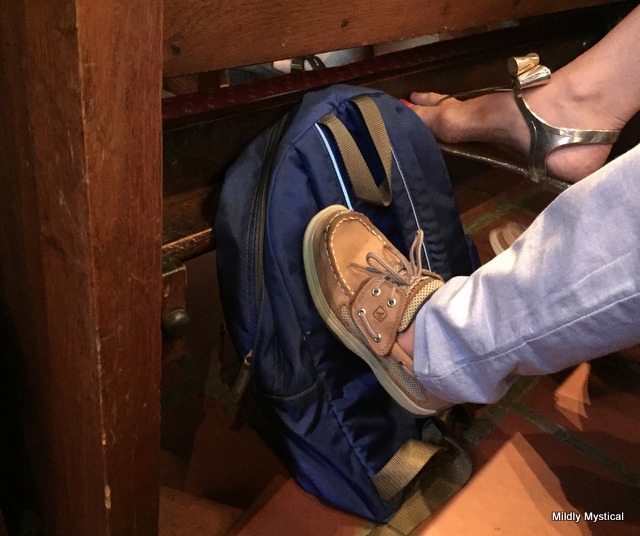A couple of years ago when I was visiting a friend, I confessed my ineptitude with houseplants. I didn’t understand what they needed, and it seemed like too much trouble to learn. Yet I found myself longing for green and growing life to enjoy indoors.
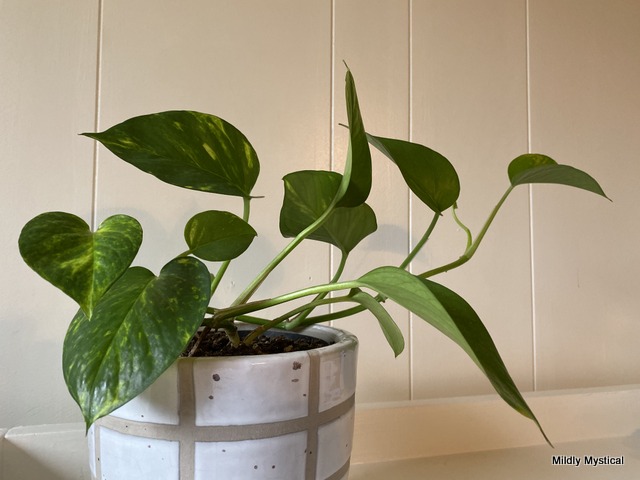
“You can do this,” she told me, taking up a pair of scissors. She reached into the luscious greenery trailing across her kitchen counter and snipped the end of a branching vine bearing two leaves. “Just keep it in water,” she said as she filled a clear plastic cup. “It will root. That’s it.”
On the long drive home I carried the little starter plant in the cup holder of my car, hoping that if those simple instructions sufficed we just might have a future together.
I kept that snippet of greenery with me as I moved several times over the following months, eventually transferring it to a substantial coffee mug that wouldn’t easily spill.
Along the way this hardy little plant produced a slender new cylinder of green, much like the pale stalk from which it grew, and within a couple of days a tender leaf unfurled. Rooted only in water, it was growing. Amazing.
Once, in an efficiency apartment with almost no counter space, the heat from a burner singed one of the leaves. I felt bad about that. For almost two years, seeing the dry, brown scar along its edge brought back those cramped quarters. This plant and I had a history.
But a few weeks ago the singed leaf turned yellow and dropped, as if the vine were letting go of an old wound. Why now, I wondered. The remaining leaves stretched toward the sunlight as always, their roots resting comfortably in the only nourishment they had ever known. And I finally understood that if this tenacious plant could live and grow on nothing but water, how much better it might fare with its roots in real soil.
The vine is thriving now. Lovely as it was before, in recent weeks it has lengthened its reach and opened new leaves. It managed to get by for a long time, but the earthy nutrients it needed have brought an abundance of life. Perhaps it will grow as full and lush as the plant it came from. Certainly it can spare the snippet I cut for starting yet another new vine.
We’re made to survive, and we can live a long time—perhaps even a lifetime—on the watery nourishment that gets us through. But what about those times of knowing that life should feel more abundant?
Things change when we put down roots in the soil of our own true heart. When we meet whatever we find there, with gentleness and compassion, our presence transforms the part of ourselves that we encounter. We touch the ground of being that supports us all.
We don’t have to wait for circumstances to get better, for issues beyond our control to resolve. The nourishing love placed in the depths of our own true heart is available right now.
Where do you find the soil that allows you to flourish?


